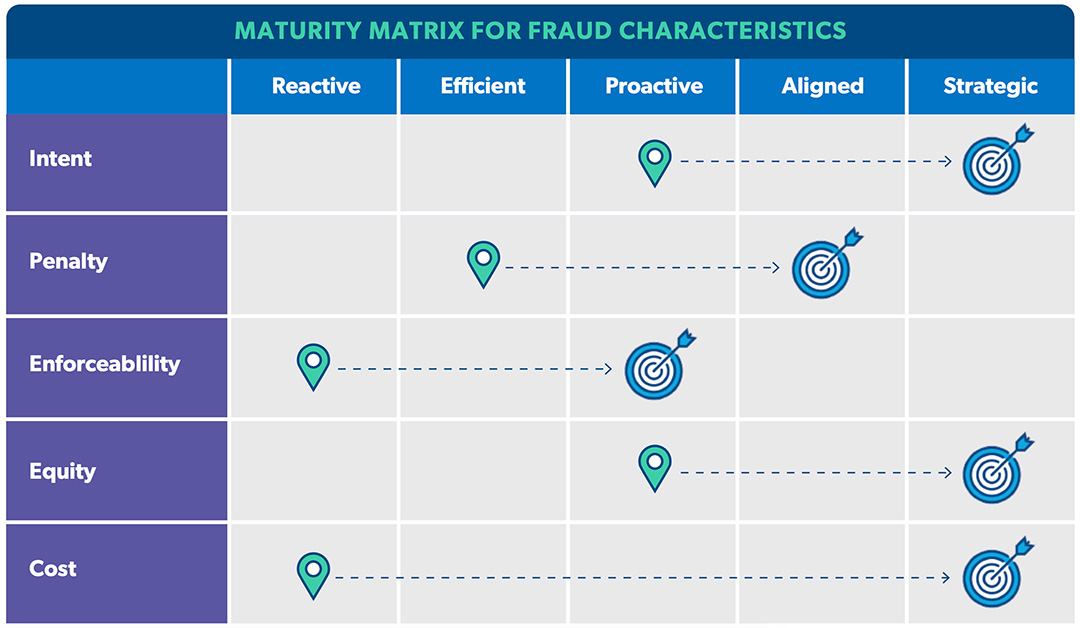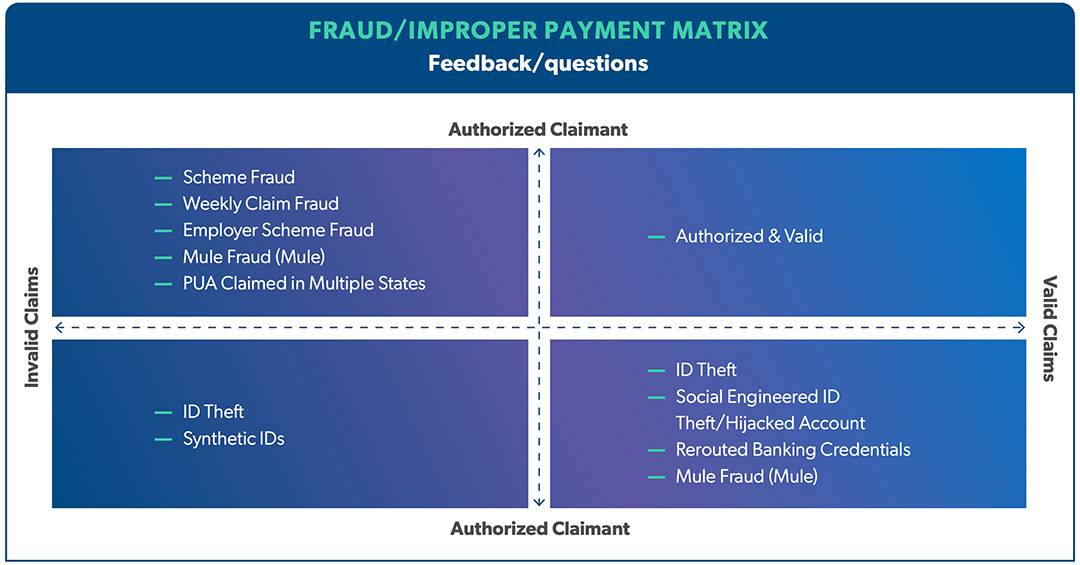Phase 1: Process Discovery
The first phase of the engagement included examining processes, identifying pain points, and discussing ways to remain scalable in the decades to come. Because no solution will give desired outcomes without first getting very clear on what those are, we began with an assessment methodology designed to explore the day-to-day experiences of claimants, employers, VDOL, and a variety of other interested stakeholders as they interface with the existing unemployment program:
- A deep dive into existing documentation and reporting
- Interviews with key stakeholders including members of these Vermont organizations:
- Legal Aid
- General Assembly
- Businesses for Social
- Responsibility
- Chamber of Commerce
- Office of Racial Equality
- Assessment of Vermont’s current UI system technology
- Comparative analysis of ten states’ UI systems
- Persona development to ensure essential perspectives when building solutions, including
- Claimant Advocate
- Vermont State Government
- Employer Advocate
- VDOL
Phase 2: Process Maturity and Alignment
Developing a maturity matrix helped steer conversations around process enhancement and organizational growth by defining a range of possible aspirational goals for key focus areas within the UI fraud and overpayment detection processes. To establish the customized maturity matrix, we facilitated internal conversations and exercises with VDOL to first identify the matrix measurement criteria, capture the maturity levels, identify their current state maturity level, and then their ideal future state. Placing these states on the maturity matrix facilitated discussions about interim steps toward their ultimate goal. Together, we mapped the course toward their next realistic desired state of maturity.





